|
Getting your Trinity Audio player ready...
|
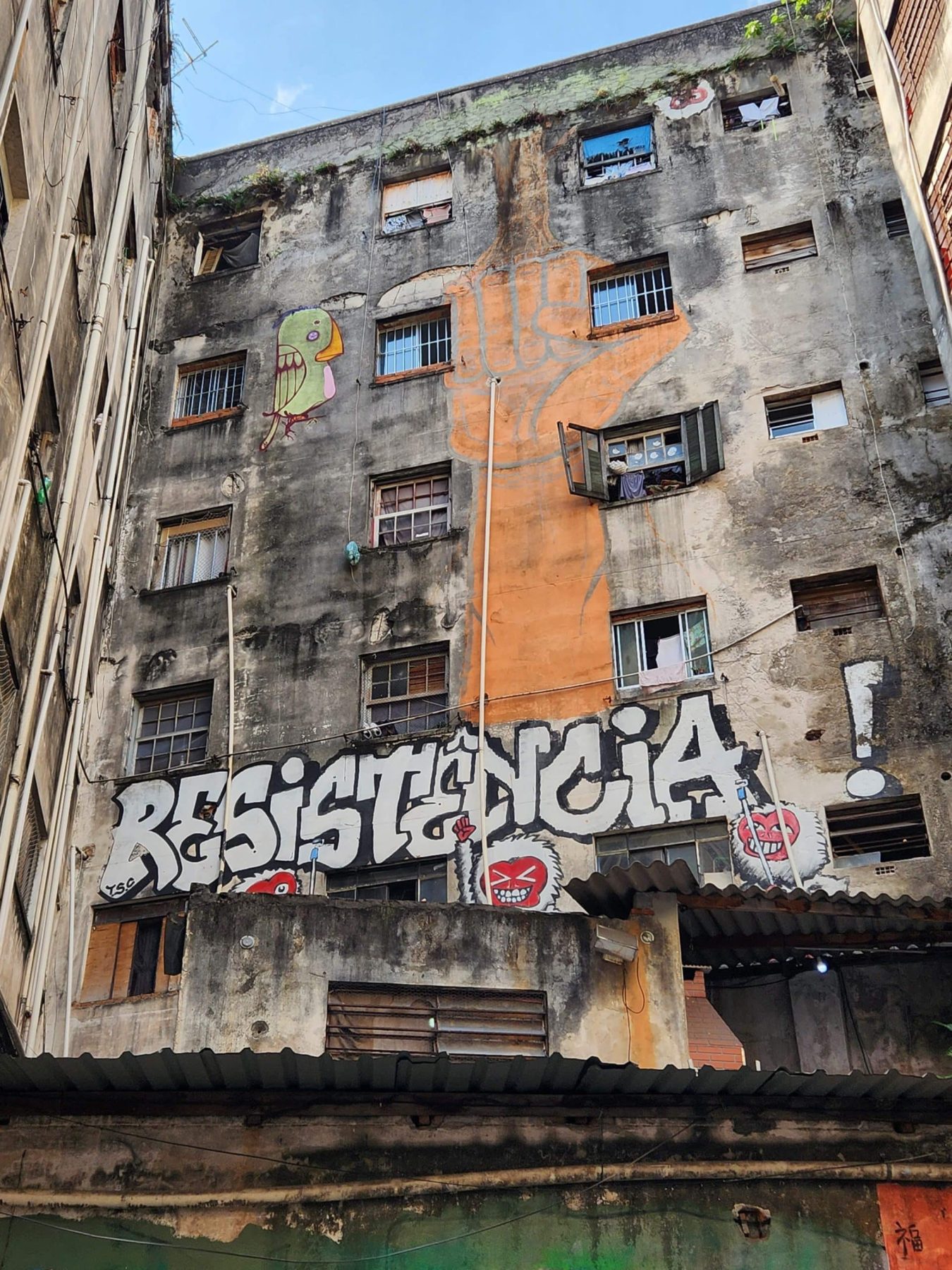
On a sweltering evening last September, Maria Dos Desteros cooked tilapia on the stove of her tiny kitchen in São Paulo, Brazil. The small unit includes a bedroom with barely enough room for its full-sized bed facing a flatscreen TV and wide armoire. A single mother who spent her career cleaning office buildings, Dos Desteros moved to her current unit over a decade ago after she was priced out of another São Paulo apartment.
Dos Desteros lives in Occupation Mauá, a former hotel seized by a socialist housing movement in 2007 and transformed into a refuge for families seeking informal housing. It is one of over 200 formerly vacant buildings occupied across São Paulo, and which house over 46,000 people in the city, according to São Paulo’s city hall. Many of them are occupied by lower-income families who are squatting in the legally precarious buildings in the absence of affordable housing.
These occupations are driven by the high cost of housing and made possible by a glut of vacant buildings, including many not built for residential use.
In 2022, census data showed 558,978 vacant housing units across São Paulo, contrasted with 48,261 people who are unsheltered. Counterintuitively, the mayor of São Paulo, Ricardo Nunes, says there is a shortage of 400,000 units for renters, compared to the current need. The reason is that many homes are held privately by speculators or are empty luxury units, according to Rodrigo Faria G. Iacovini, a São Paulo-based urban planner.
“We have a dysfunctional housing market in Brazil,” says Iacovini. “Our housing market targets only the upper middle class and upper class. It doesn’t target lower classes.”
This leads some Brazilians seeking multifamily housing to occupy empty commercial or government buildings. Some buildings are not run by any organizations and are filled with transient single adults. But many are run by organize, socialist housing movements who enter, clean up the buildings, and implement DIY water and energy hookups to make them habitable.
Many occupation sites require critical upgrades and maintenance as their rents can’t fund the myriad needs of their deteriorating infrastructure. The political leaders of these occupations also often face ongoing criminalization.
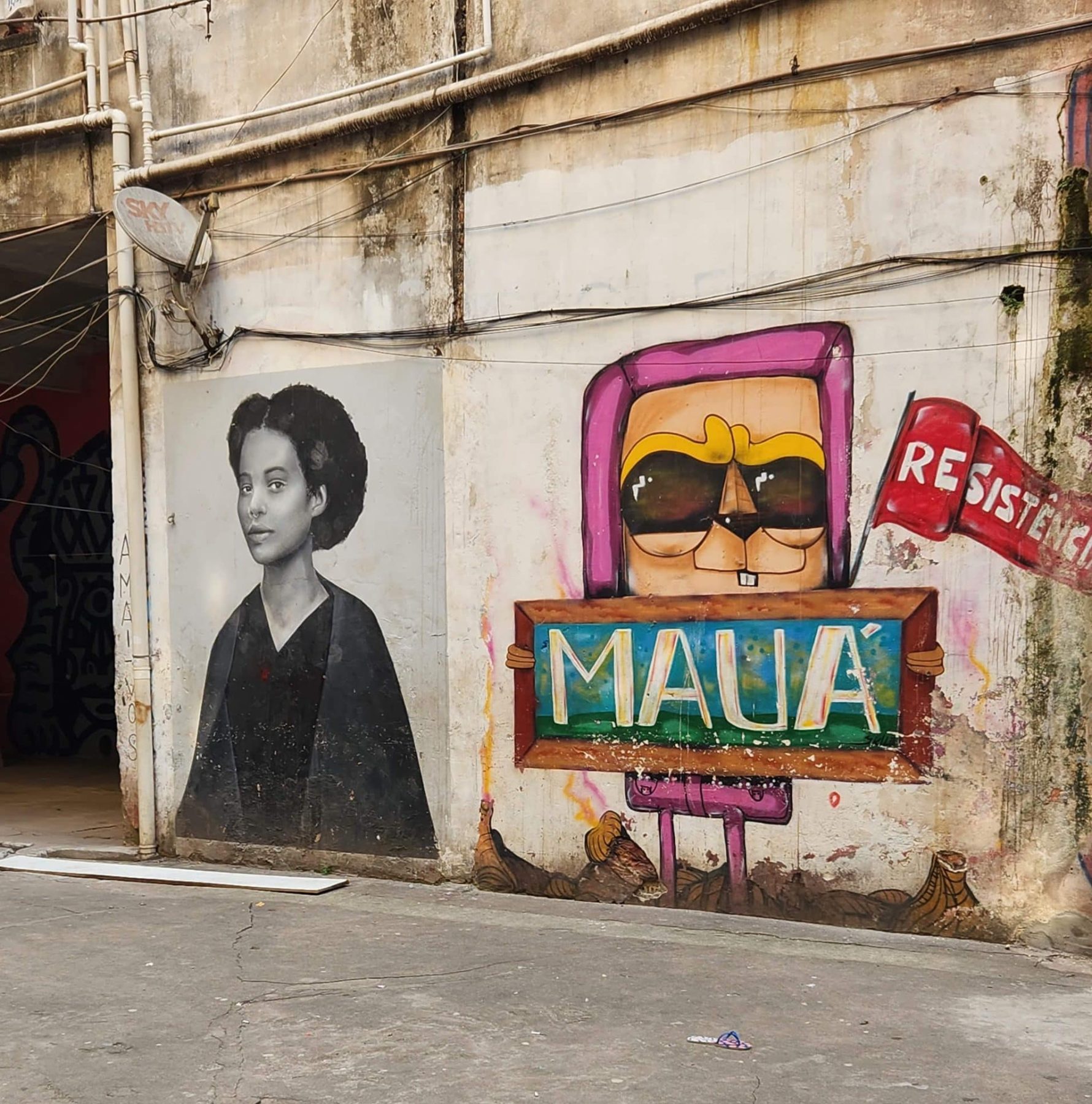
Occupation Mauá is among the best known and best organized of São Paulo’s seized buildings. Across the street from the famous Luz train station, this former hotel, once a destination for the country’s coffee barons, now hosts about 237 families, according to movement leaders—including about 100 children—across its six floors. The building is operated by Housing Movement in the Fight for Justice (MMLJ), itself a part of an umbrella group called Pro-Housing Front (FLM).
Many of Occupation Mauá’s residents come from northeast Brazil, the poorest part of the country, leaders told Next City/Shelterforce. Residents of Mauá pay the equivalent of about $46 USD a month. The money goes toward repairs, attorney’s fees, and to pay residents for their shifts working as security. A two-bedroom apartment in São Paulo averaged nearly $700 USD in 2022, unaffordable to anyone making Brazil’s minimum wage, which rose to $282 USD a month in January.
Mauá’s leaders face harassment, including police raids and periodic arrests. Occupations exist in a legal gray area: The 1988 Brazilian constitution, written after the end of the country’s military dictatorship, allows the occupation of vacant buildings for social use. But residents can still face eviction attempts, harassment, and legal challenges. Police view occupations with suspicion.
“There’s criminalization that got worse,” says Ivaneti Araujo, a leader of MMLJ. She says police harassment increased after a deadly 2018 fire at another São Paulo housing occupation that killed at least 7 people.
“Do we face the oppression or give up? The necessity of the people screams louder than the urge to give up,” Araujo says.
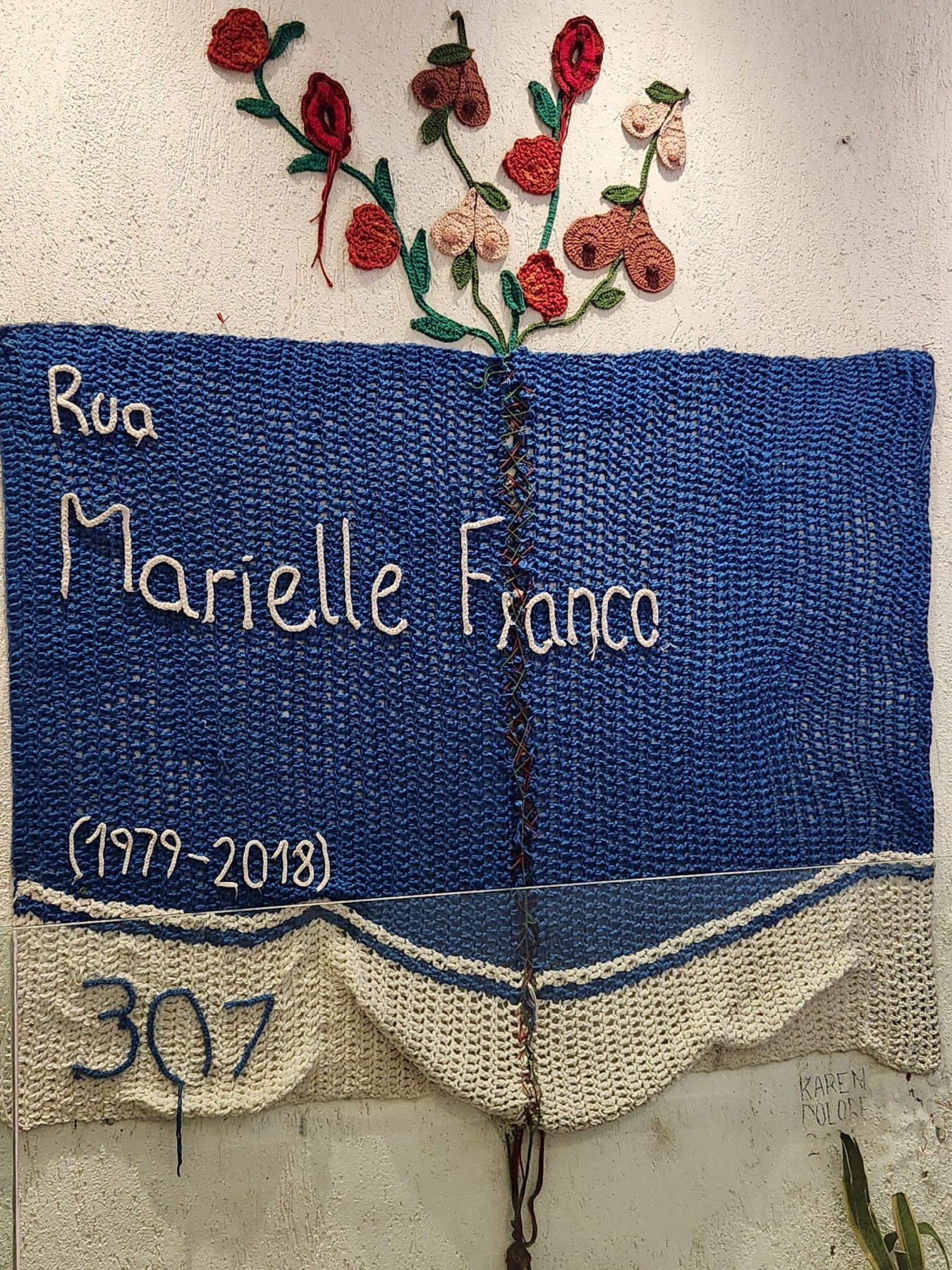
Since returning to office on Jan. 1, 2023, leftist President Lula da Silva has attempted to restore social services hobbled or defunded by far-right former President Jair Bolsonaro. Among them is the long-languishing Minha Casa Minha Vida (My Home, My Life), an ambitious program designed to construct new affordable housing. Occupation leaders have advocated for the program, which also provides funds to convert abandoned buildings—including those that have been seized—in the country’s urban centers to residential use in collaboration with social movements.
But even as Lula has resurrected Minha Casa Minha Vida, this program and a similar municipal program have been slow to respond to the needs of São Paulo’s housing occupations, whose residents want them to be transformed into public housing. In buildings like Mauá and others visited by Next City and Shelterforce, elevators have long since broken down and water and electricity hookups are done illegally. Occupation Mauá’s previous owner had unsettled debt, which MMLJ would have to pay off before getting a more formal utility connection, its leaders say.
In the building’s entrance, a knitted mural memorializing the Afro-Brazilian activist and Rio de Janeiro city council member Marielle Franco—assassinated in 2018, allegedly at the behest of politicians and the city’s police chief—hangs alongside a poster of President Lula in profile. In the outdoor area at the building’s center, children kick soccer balls, surrounded by towering murals by local artists, including a mural of a slain guerilla fighter and another with the words “RESISTENCIA!” emblazoned in large letters.
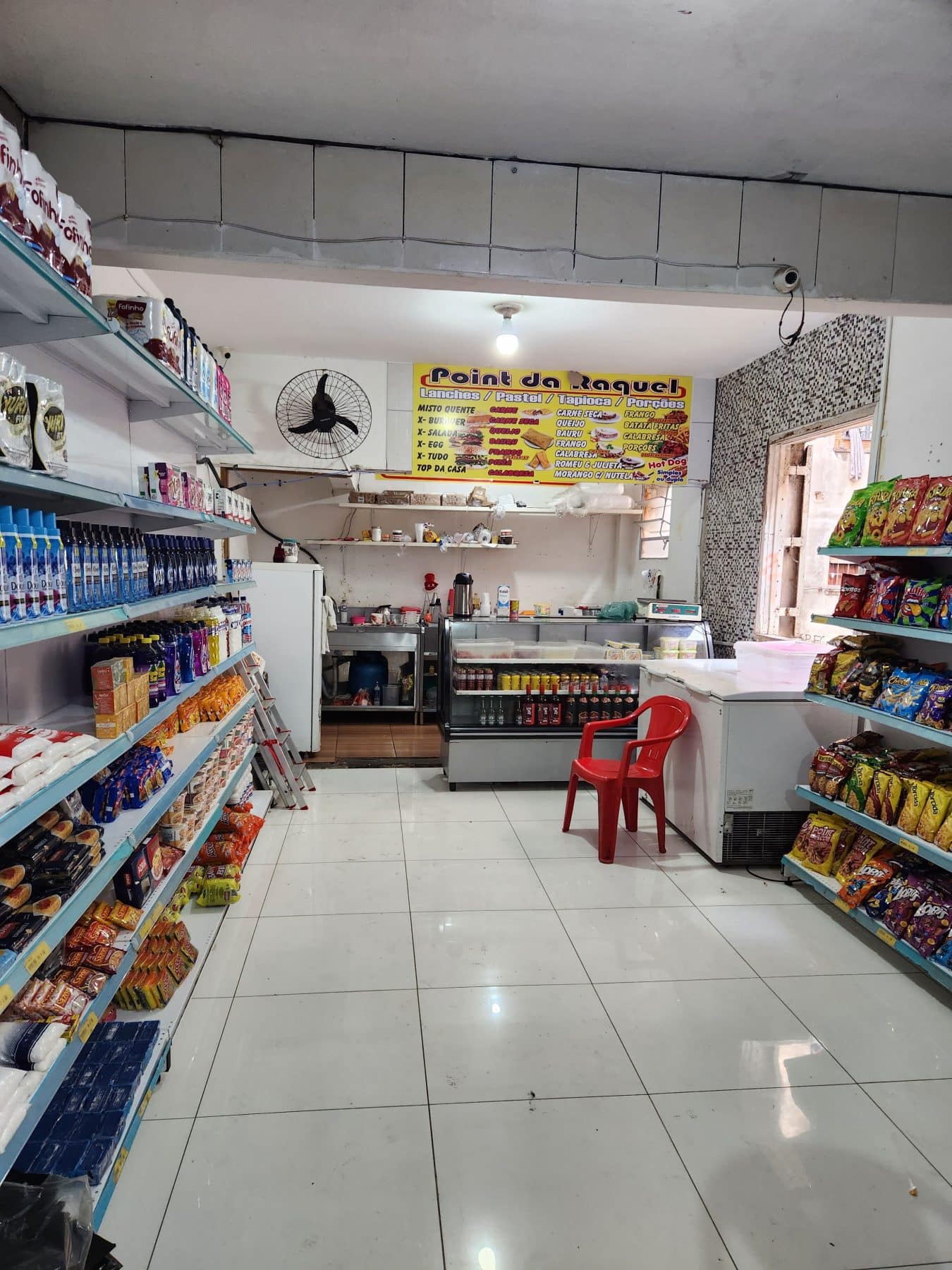
Occupation Mauá contains a children’s library and play area, baby strollers that residents can borrow for free, a wireless network, and an in-building convenience store owned and run by a resident.
MMLJ leaders, who have a combative relationship with the police, take public safety seriously: A security room has a live video feed from several dozen CCTV cameras monitoring the hallways for when belongings go missing. The cameras also warn residents when police are trying to enter without a warrant. When this happens, an alarm sounds and all residents are trained to run to the entrance and form a barricade so that police can’t enter. Such incidents occur regularly, leadership says.
Silmara Congo da Costa, another leader at Occupation Mauá, remembers the first day of the occupation 17 years ago, when she and others boarded up the doors to keep police out.
There are at least 70 building occupations in São Paulo’s central city area, not all of which are run by housing movements. Another housing occupation visited by Next City/Shelterforce is near the city’s Praça da República and several doors down from the city’s first modernist building, Edificio Esther. The 13-story building was once a government office and is now run by another socialist housing movement. While the occupation also has families, it also has bohemian youth, drifters, and college students.
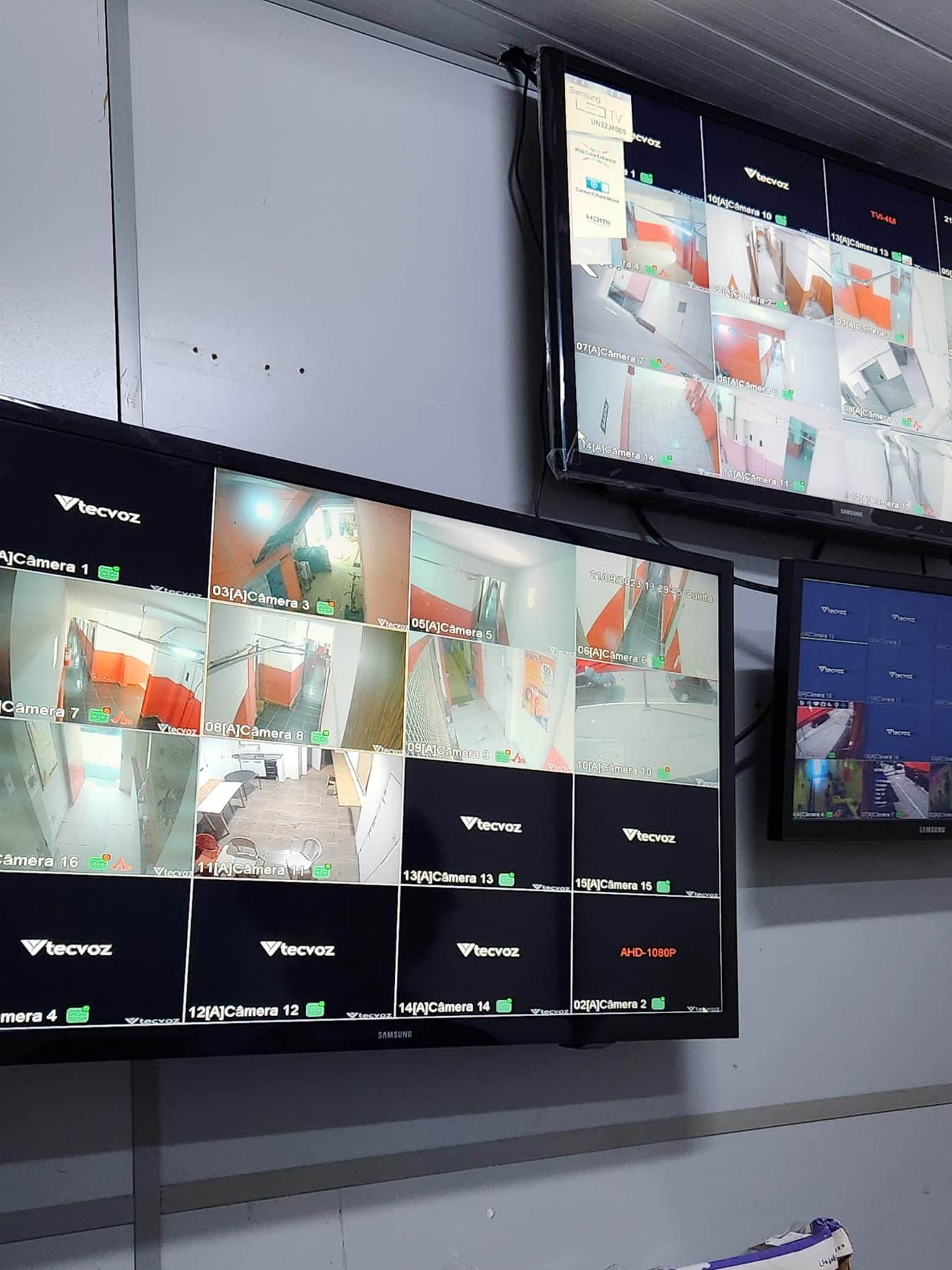
Among its occupants are Sol Bardo, 29, a long-haired Brazilian with face tattoos who came to São Paulo to work as a tattoo artist. He had only been living in the occupation for four months—at the top floor of the building, which has no working elevator—at the time he spoke to Next City/Shelterforce. He works shifts at the door as a lookout as part of his agreement with building leadership. He describes the building’s communities as tight-knit and consisting of many immigrant families from Angola. When a relative in Angola dies, he says, families will throw lively funeral parties in their honor.
In Occupation Mauá, de Araujo says that an influx of migrants at occupations is a growing trend, noting one occupation that is almost entirely composed of Venezuelan migrants.
But government funding could help to keep these units affordable and finance much-needed improvements.
Only one housing movement in São Paulo, Prestes Maia, a neighboring occupation that is visible from Mauá and also run by the Pro-Housing Front (FLM), has recently been folded into a housing program. It will be turned into public housing through Pode Entrar (You Can Enter), a municipal program designed by the city council to replace Minha Casa Minha Vida when Bolsonaro paused it.
Pode Entrar provides loan guarantees to families to help them access capital and downpayment assistance to acquire properties. It also allows the city to purchase private property to transform it into social housing. The program is targeted toward families making three times the minimum wage, and among the types of projects it takes on are “projects in partnership with housing associations and cooperatives.”
Since Lula reinstated Minha Casa Minha Vida, the federal program has announced only one conversion of an occupation to public housing: Occupation Vito Giannotti in Rio de Janeiro, named for a famous social movement leader.
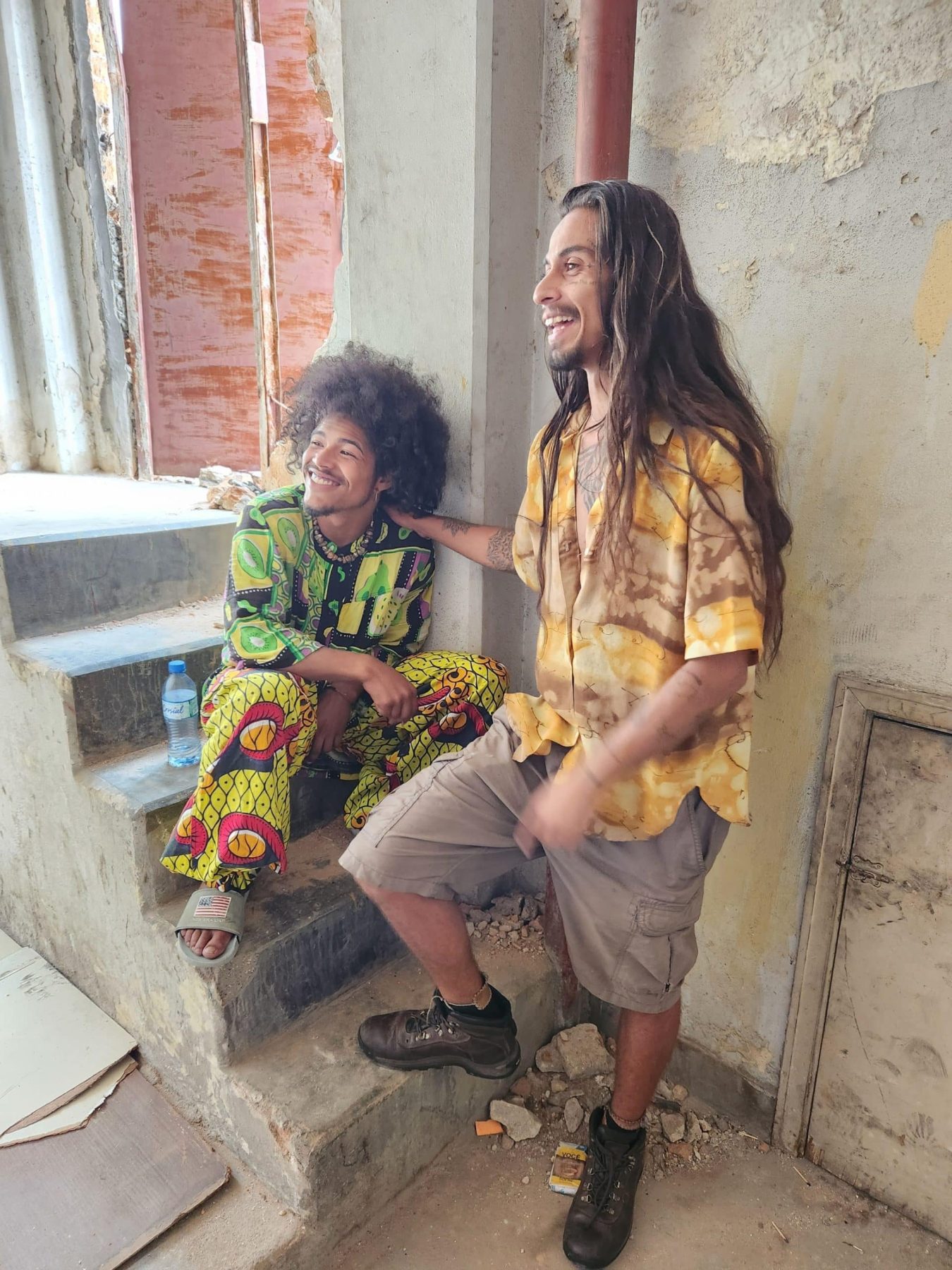
Some projects from former president Michel Temer’s administration, which preceded that of Jair Bolsonaro, are only now being completed: The 17-story Occupation Hotel Cambridge was funded through Minha Casa Minha Vida back in 2016 and reopened as public housing in early 2023.
Anacláudia Rossbach is director of the Latin America and the Caribbean program at the Lincoln Institute of Land Policy. She helped design Minha Casa, Minha Vida in 2008. She said it’s been slow to ramp up again because the Lula government is reviewing the program.
The Lincoln Institute, which is conducting a review of the program for the Lula government, found that its failures of scale and speed have been exacerbated by the fact that Brazilian banks do not typically provide the types of loans that can be used for major rehabilitations.
São Paulo city officials and the Lula administration did not return a request for comment for this article.
Prestes Maia’s success in being folded into Pode Entrar and being turned into public housing was not easy: It took 22 years of struggle, MMLJ leadership said.
This is why the movement requires residents to become educated in the group’s politics.
“It’s not enough to need something, you have to have political knowledge,” Araujo said of new residents. She described the housing movements as residents stepping up to do what the government has failed to do.
Maria Dos Desteros has gone through the MMLJ’s education programs, but she’s hesitant to describe the political situation or advocate for policy.
“I’m not a politician,” she said. “They need to give the resources, either through income or through housing.”
This story was published through a collaboration with Shelterforce and Next City. Next City is a nonprofit news outlet that publishes solutions to the problems that oppress people in cities, inspiring social, economic, and environmental change through journalism and events around the world.

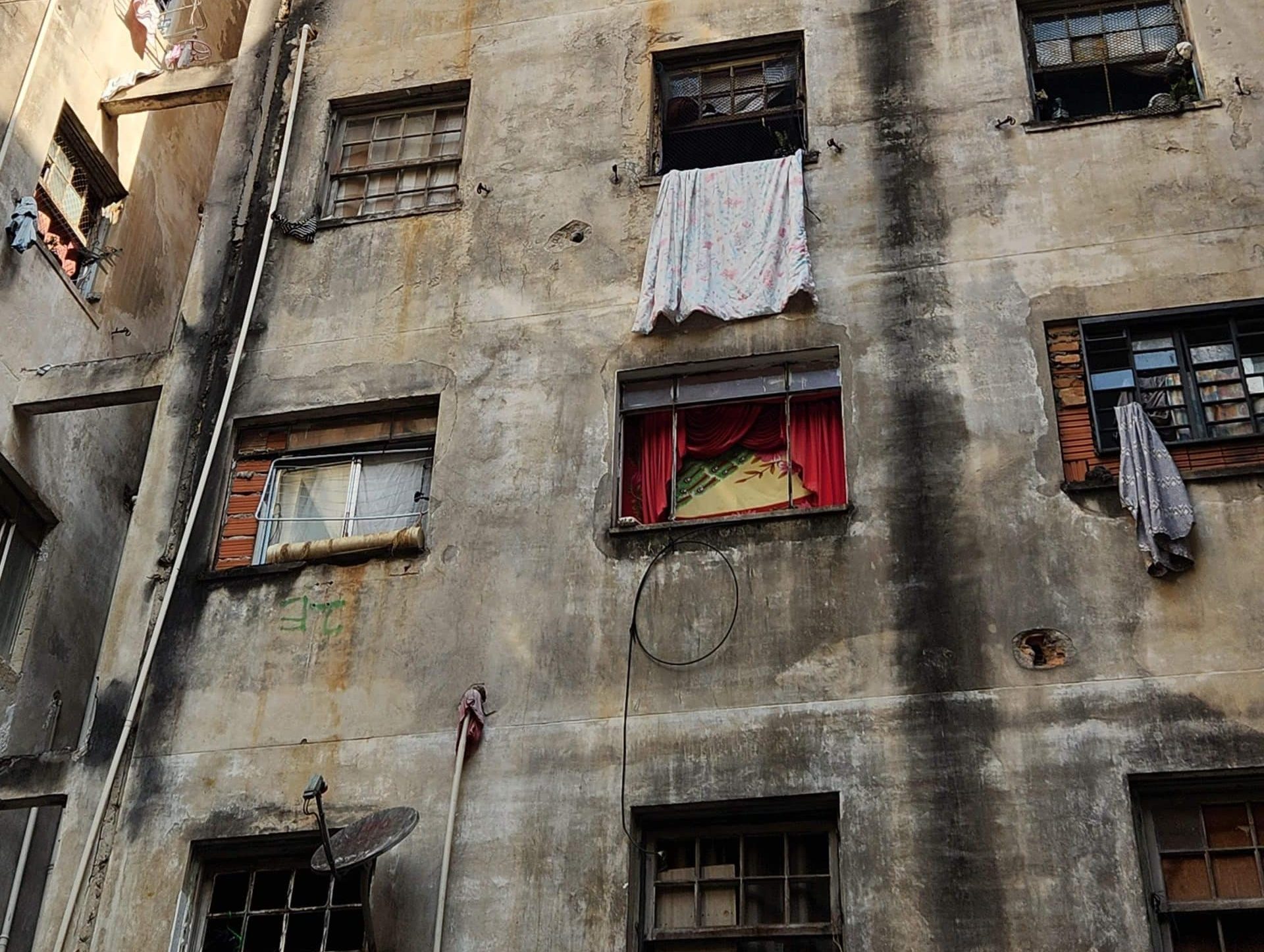
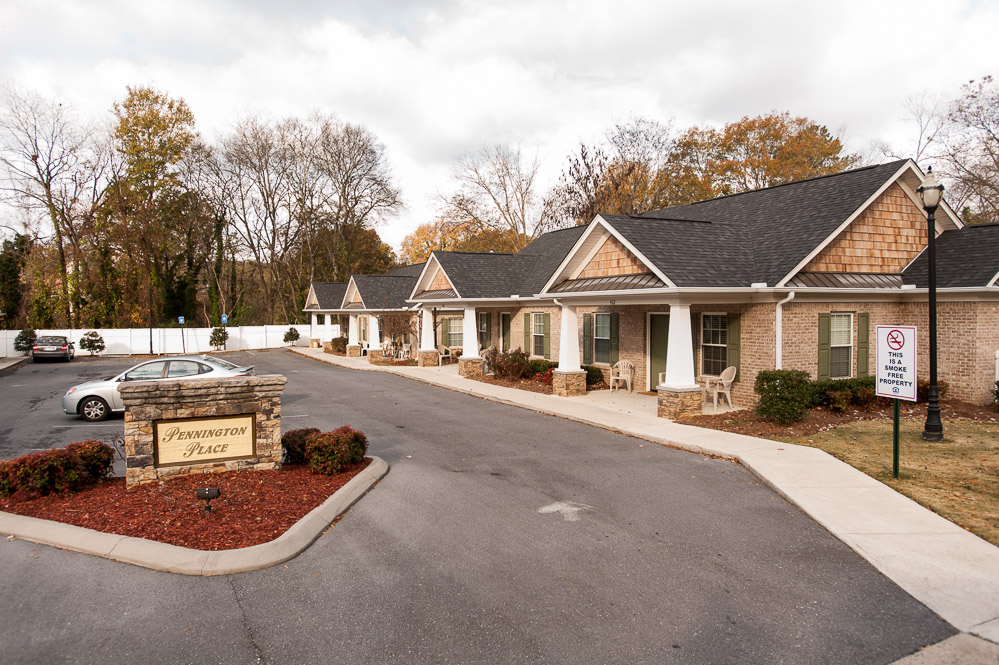
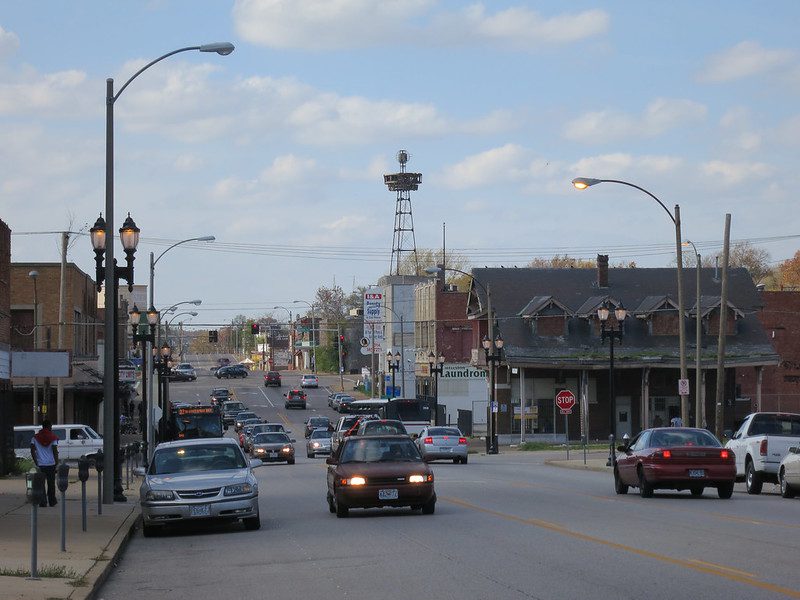
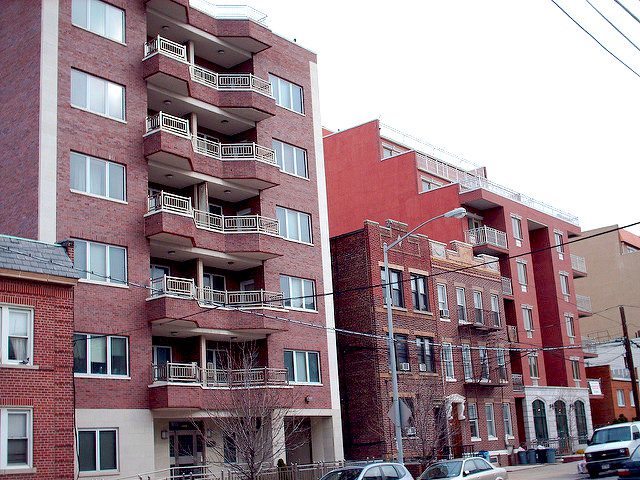
Comments